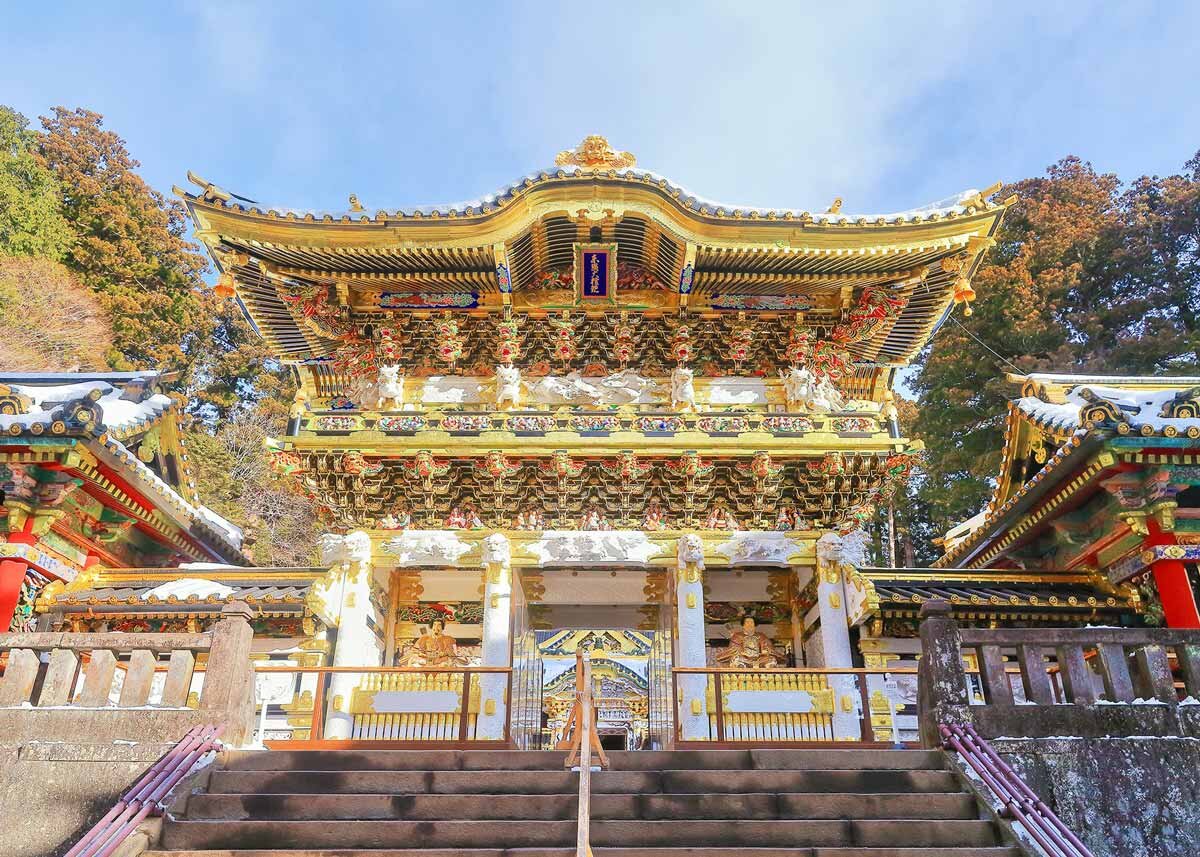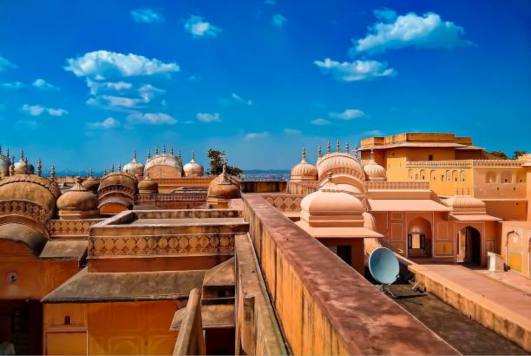Embarking on a journey to Nikko, Japan, is like stepping into a living tapestry woven with vibrant threads of history and nature. Nestled in the mountains north of Tokyo, Nikko is a sanctuary where the beauty of Japan’s natural landscapes and the depth of its historical heritage blend harmoniously. This enchanting destination, famous for its World Heritage sites, lush national parks, and soothing hot springs, offers a unique glimpse into Japan’s soul. In this exploration of Nikko, we’ll uncover the colorful tapestry that makes this location a must-visit for any traveler seeking to experience the heart of Japanese culture and nature.
The Historical Heart of Nikko
Nikko’s history is as rich and layered as the forests that embrace this town. At the heart of its historical significance is the Toshogu Shrine, a lavishly decorated complex dedicated to Tokugawa Ieyasu, the founder of the Tokugawa shogunate, which ruled Japan for over 250 years. The shrine’s intricate wood carvings, including the famous “See no evil, speak no evil, hear no evil” monkey carvings, and its opulent gold leaf decoration, reflect the zenith of Edo period craftsmanship and artistry. Toshogu is not just a feast for the eyes; it’s a pilgrimage site for history buffs and art enthusiasts, to explore with Japan Couple Packages, offering a profound glimpse into the era that shaped modern Japan.
Adjacent to Toshogu, the Futarasan Shrine and Rinno-ji Temple add layers to Nikko’s historical tapestry. Futarasan Shrine, dedicated to the deities of Nikko’s sacred mountains, offers insights into the spiritual significance of nature in Japanese culture. Rinno-ji, with its serene gardens and treasure-laden halls, showcases the refined aesthetic and religious practices of Japan. Together, these sites embody the complex interweaving of Shinto and Buddhist beliefs that characterize Japanese spirituality.
The Natural Splendor of Nikko
Nikko’s natural beauty is legendary, with the Nikko National Park serving as the jewel in its crown. The park is a vast expanse of pristine wilderness, home to scenic lakes, majestic waterfalls, and hot springs that invite relaxation and contemplation. Lake Chuzenji, created thousands of years ago by volcanic activity, is a spectacle in every season. In spring, the cherry blossoms around the lake create a delicate frame for its serene waters; in autumn, the surrounding mountains are ablaze with fiery foliage.
Kegon Falls, one of Japan’s most famous waterfalls, is a short distance from Lake Chuzenji. The water cascading down 97 meters into the gorge below is a powerful display of nature’s force and beauty. A visit here, especially in the misty mornings, feels like stepping into a traditional Japanese painting, where every view is a masterpiece.
The hot springs (onsen) of Nikko, such as those in the Yumoto Onsen area, offer a soothing end to a day of exploration. These steaming springs, set against a backdrop of dense forests and rugged mountains, are not just a treat for the body but for the soul, offering a serene space for reflection amidst nature’s grandeur.
Cultural Festivals and Local Delights
Nikko is not just about static beauty; it’s a place where culture comes alive, particularly during its festivals. The Nikko Toshogu Shrine’s Spring and Autumn Festivals are vibrant celebrations that feature processions of samurai warriors, sacred dances, and rituals that have been passed down through generations. These festivals are a living link to Japan’s feudal past, offering a window into the traditions that have shaped Japanese identity.
Beyond the festivals, Nikko offers culinary delights that reflect its rich natural and cultural heritage. Local specialties such as Yuba (tofu skin), a delicacy that originated in the Buddhist vegetarian cuisine, and the rainbow trout, a testament to the purity of Nikko’s waters, are must-tries for any food lover.
The Path Less Traveled
While Nikko’s World Heritage sites draw many visitors, there’s a wealth of beauty and tranquility to be found off the beaten path. The Senjogahara Plateau offers hiking trails through marshlands and forests, where the silence is only broken by the rustling of leaves and the call of birds. The plateau, especially in the soft light of dawn or dusk, is a place of ethereal beauty, offering moments of sublime connection with nature.
Similarly, the historical Nikko Tamozawa Imperial Villa Memorial Park provides a quieter, though no less fascinating, counterpoint to the grandeur of Toshogu. This villa, comfortably accessible with Japan Tour Packages from Chennai which combines architectural elements from three different eras, is set in a tranquil garden, offering a peaceful retreat from the more crowded sites.
Nikko Today: A Balance of Tradition and Preservation
As Nikko looks to the future, the challenge of preserving its natural and historical heritage while accommodating the needs of modern visitors is ever-present. Efforts to maintain the integrity of its sites and landscapes, while ensuring that tourism remains sustainable, are testament to the local community’s commitment to safeguarding this treasure for future generations.
Nikko represents a confluence of the past and present, where ancient traditions are preserved amidst the rhythms of nature. It’s a place where every stone, tree, and waterfall tells a story, inviting visitors to listen, reflect, and find their own place in the ongoing story of this remarkable destination.
In sum, Nikko offers more than just a getaway; it offers an immersive journey into the heart of Japan. Whether you’re wandering through ancient shrines, marveling at natural wonders, or soaking in an onsen under the stars, Nikko holds the promise of unforgettable experiences, bridging the gap between the traveler and the essence of Japanese culture and beauty.



















